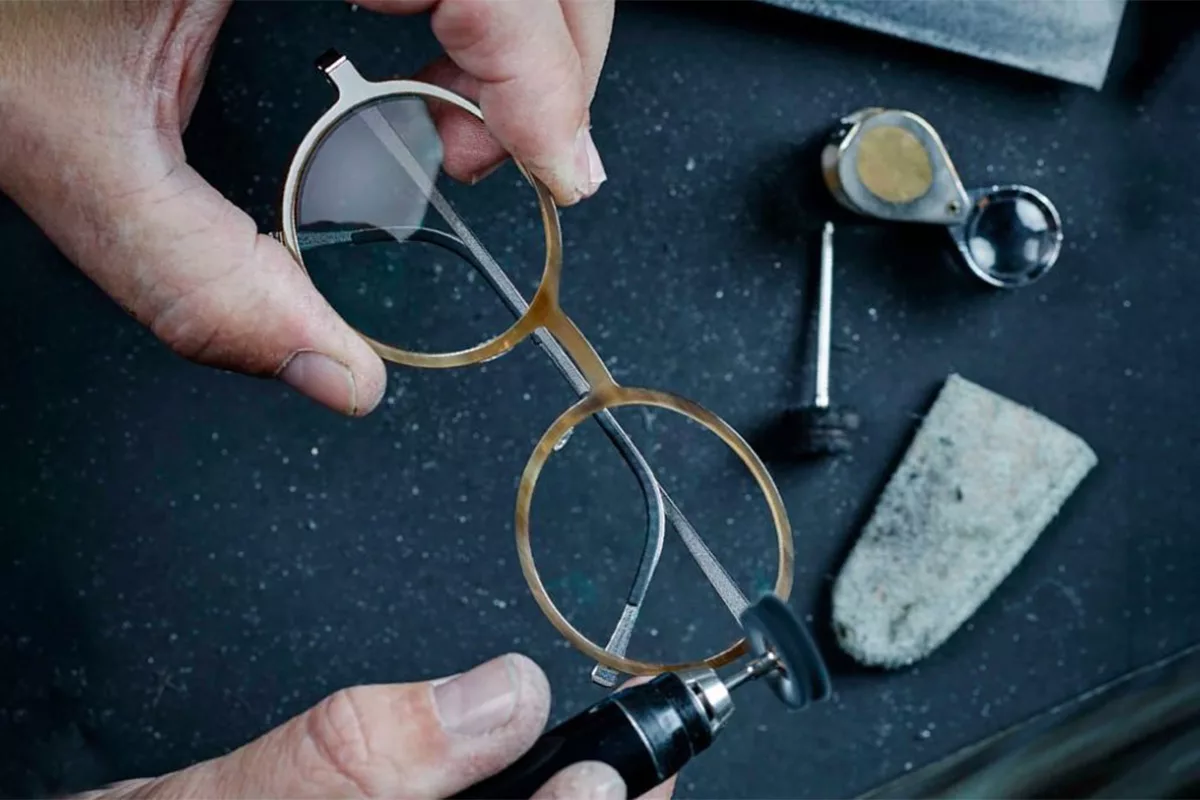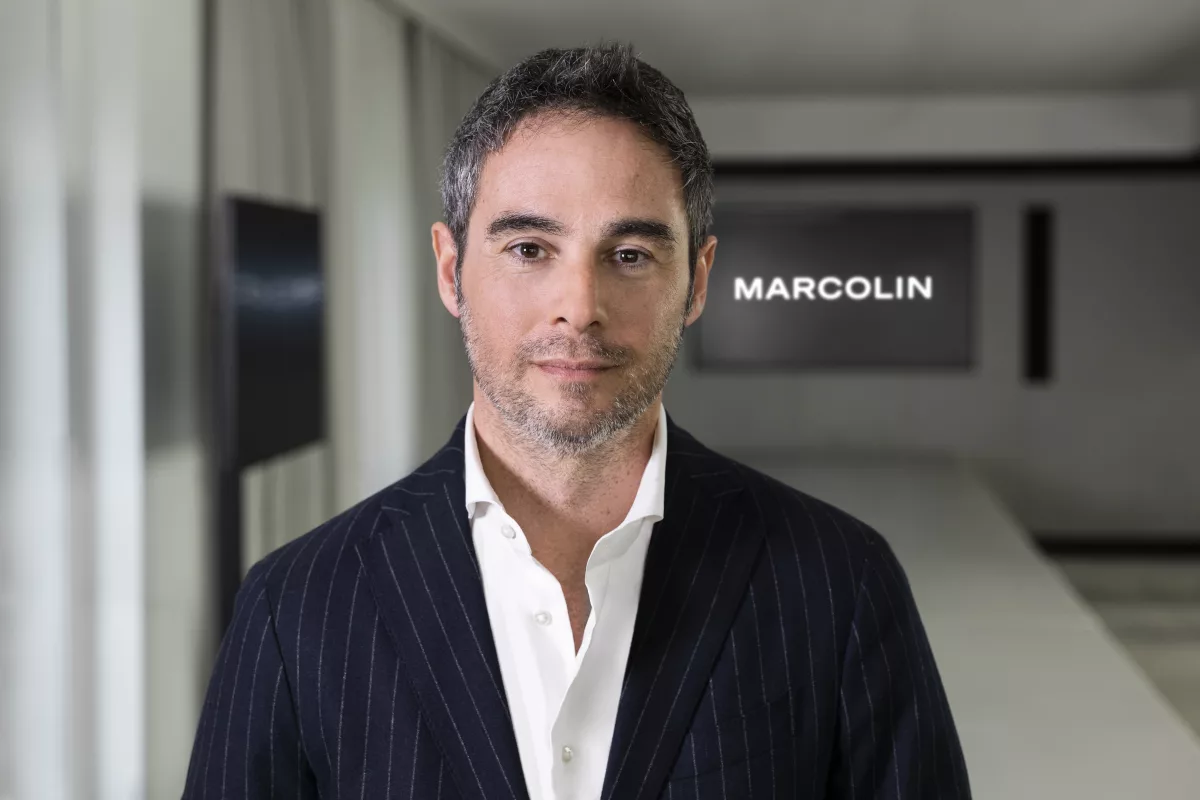Bausch + Lomb, the global eye health company, has acquired an exclusive global license to a new platform technology that may lead to a faster, more effective and longer lasting treatment for ocular redness, a bothersome condition that impacts millions of people worldwide.
 The technology employs a different mechanism of action to relieve ocular redness than currently available redness relief products, using a uniquely formulated low dose of brimonidine. Licensed from Eye Therapies, LLC, a privately held biopharmaceutical company, the technology was developed in collaboration with Ora Inc., a private research organization.
The technology employs a different mechanism of action to relieve ocular redness than currently available redness relief products, using a uniquely formulated low dose of brimonidine. Licensed from Eye Therapies, LLC, a privately held biopharmaceutical company, the technology was developed in collaboration with Ora Inc., a private research organization.
One of the most common ophthalmologic conditions, ocular redness, or hyperemia, can be triggered by contact lens wear, dry eye, ocular allergies, lifestyle and environmental factors and medication side effects, among other causes.
“Ocular redness is associated with reduced quality of life and negative social connotations, and may impact compliance with certain medications,” explained Dr. Cal Roberts, chief medical officer, Bausch + Lomb. “The decision to license this promising new technology underscores our continued commitment to delivering solutions for physicians and their patients.”
Currently marketed ocular redness relief therapies are often associated with problems such as tachyphylaxis, a decreasing response to a drug following its initial use. This can potentially lead to overuse of these medications and a subsequent rebound effect, where symptoms return stronger upon discontinuation of a drug.
In a Phase 2 study, the new technology appeared effective in reducing ocular redness based on both clinician assessment and patient reporting. The rebound vasoconstriction associated with currently available treatments was not observed in this study. Additionally, onset of action was shown to be rapid (within five minutes), with a duration of effect lasting at least four hours. The formulation was found to be safe and well tolerated as dosed in the study, with no serious adverse events reported.
“The new low dose brimonidine formulation appears to provide greater microvessel constriction at mucosal surfaces and is thought to retain more optimal blood flow from larger feeder vessels,” said Mark B. Abelson, M.D., CM, FRCS, FARVO, clinical professor of ophthalmology at Harvard Medical School and senior clinical scientist at Schepens Eye Research Institute. “These are promising indications that this new technology may address some of the issues commonly seen in current therapies.”
If approved, the new technology would dramatically expand Bausch + Lomb’s potential to compete in the $350 million global ocular redness relief market, and also create opportunity to explore expanded ophthalmic applications.
“We are proud to be working with Bausch + Lomb to develop this promising new technology,” said Lee Nordan, M.D., chief executive officer of Eye Therapies, LLC. “The company’s commitment, expertise and resources, combined with its global reach, will help ensure that, if approved, this technology will reach its full potential.”












